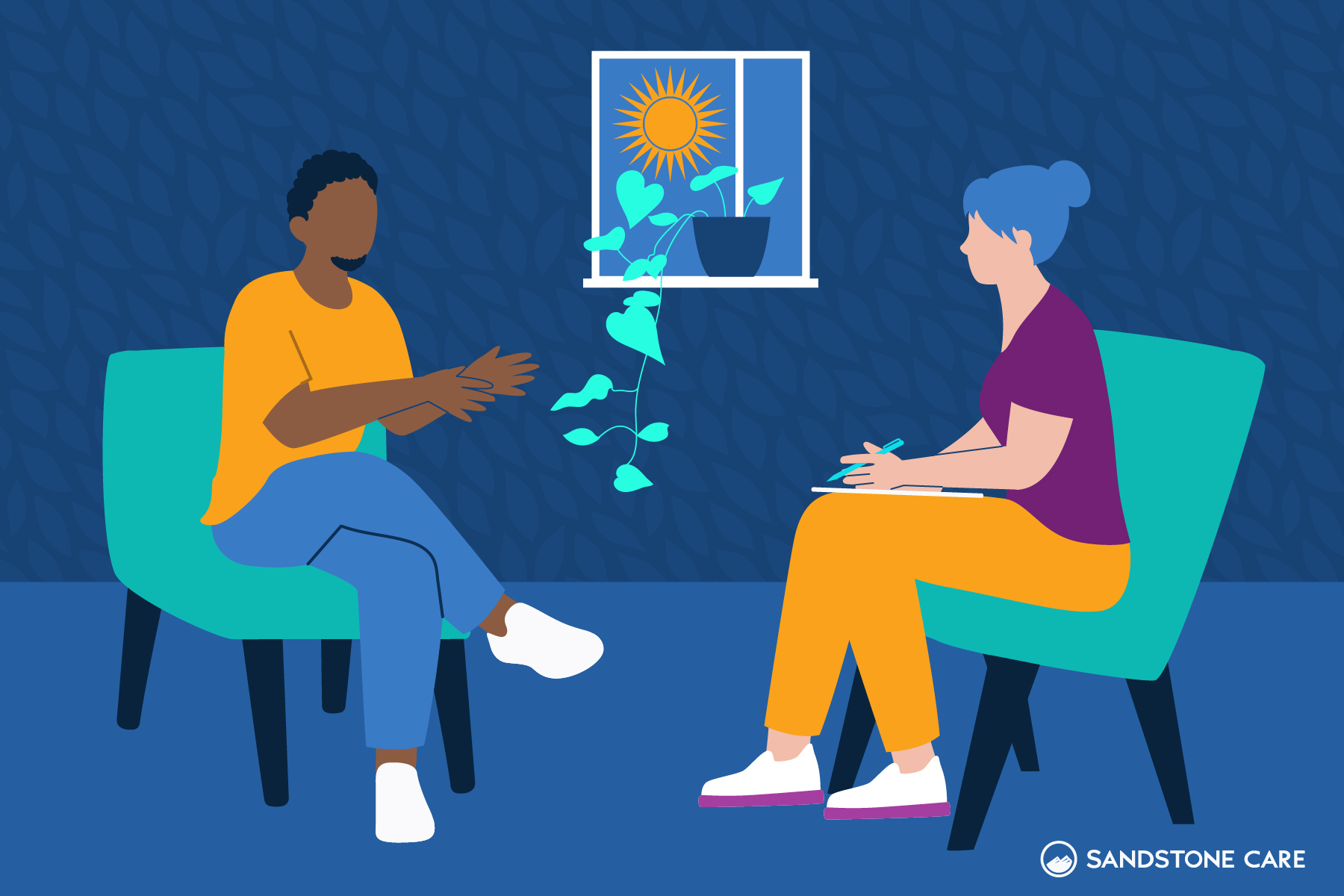Affirmative Therapy
Despite greater acceptance of lesbian, gay, bisexual, transgender, queer, questioning and additionally gender and sexually diverse (LGBTQ+) individuals in American society, harassment and other forms of stigma against LGBTQ+ people still occur in many places. The therapy room is no exception.
LGBTQ+ teens and young adults may need support in finding a therapist who affirms you for who you are. Because young adult lives can change significantly and rapidly, an affirmative therapist both accepts you and helps you to consider the potential impacts of your decisions on your future self.
What is Affirmative Therapy?
LGBTQ+ individuals often seek out therapy for the same reasons non-LGBTQ+ people do. Perhaps you’re struggling with depression, recently started having panic attacks or lost somebody close to you and want support through the grieving process.
On the other hand, some LGBTQ+ individuals have unique struggles related to their sexual identity, gender identity and/or gender expression that bring them to therapy. For example, you may have come out as gay to a parent and not had this part of your identity accepted, or you may face exclusion or bullying at school for dressing in ways that don’t conform to the gender stereotypes associated with your assigned sex.
Affirmative therapy can be helpful for issues related, and not related, to your gender and sexuality, because an affirmative therapist will not judge or try to get rid of parts of who you are. Rather, they’re there to embrace you and your identities, help you to achieve your therapeutic goals and address any negative impact that homophobia, transphobia and heterosexism have on your life.
An affirmative therapist distinguishes who a person is from what a person does in their daily life. In other words, they see you as a whole person and help you to look at how your behavior lines up with who you want to be in the world. LGBTQ+ people may develop harmful strategies to cope with prejudice, discrimination and violence.
Self-harm, substance abuse and isolation are some examples of such survival resources. Affirmative therapy will help you to see the origins of these behaviors and replace them with ones that allow you to thrive.
If you’re thinking about a social and/or physical transition of your gender, an affirmative therapist can also help you to explore various interventions and their potential effects on your life. This process includes considering the many things that make you uniquely you, such as your family, important relationships in your life, current life circumstances and influential past experiences.
Gay? Queer? Trans? – Clarifying Sexual Orientation and Gender Identity Definitions
If you’re a LGBTQ+ teen or young adult, you may find yourself frustrated with others’ limited understanding of gender identity, gender expression, sexual identity and how each of these categories differ. You also may be seeking resources to better understand the frequently changing language LGBTQ+ people use as we seek to define ourselves on our own terms.
One thing you can do to receive more support from those in your social network is direct them to the many free educational materials out there. For example, Advocates for Youth has designed a toolkit aimed at creating safe spaces for young people of all sexual and gender identities.
Parents, Families and Friends of Lesbians and Gays (PFLAG) also expanded its publications to include a focus on supporting trans and gender-expansive individuals. If you have access to the Internet, additional glossaries and lessons intended to move our world and ourselves toward greater acceptance of LGBTQ+ people are a Google search away.
Acknowledging the LGBTQ+ Community’s Troubled History
Unfortunately, therapists have historically participated in treating LGBTQ+ people like they have a disease. Until 1973, homosexuality was considered a disorder in the American Psychiatric Association’s Diagnostic and Statistical Manual of Mental Disorders (DSM).
The DSM authors also did not drop “gender identity disorder” from their list of diagnoses and replace it with “gender dysphoria” until 2013. Some LGBTQ+ advocates argue that a focus on dysphoria still treats gender variance as a disorder. The mental health field remains in the early stages of embracing – not just tolerating – sexual and gender diversity.
Finding a LGBTQ+ Affirmative Therapist
One of the best things you can do to find an affirmative therapist is to ask them direct questions about their experience with and support of LGBTQ+ people. For example:
- How do you create a safe, inclusive, welcoming space for LGBTQ+ clients?
- Do you advocate for LGBTQ+ rights?
- Are your restrooms gender inclusive? If not, why not?
- What specifically have you done to educate yourself about LGBTQ+ individuals and communities and some common issues we face?
You also can see if their paperwork includes a line for pronouns, multiple ways of defining your sexual identity and gender identity, and a place to distinguish the name you go by from your legal name if they are not the same.
An affirmative therapist will be open to such inquiry and acknowledge what they do not know. Therapists, like all of us, are only human and so make mistakes. The affirmative therapist, however, will respect who you are and take your feedback seriously.
Sandstone Care offers affirmative therapy to LGBTQ+ teens and young adults, and is available seven days a week to help you with any questions you have. If you’d like to discuss treatment options, give us a call anytime at (888) 850-1890.




